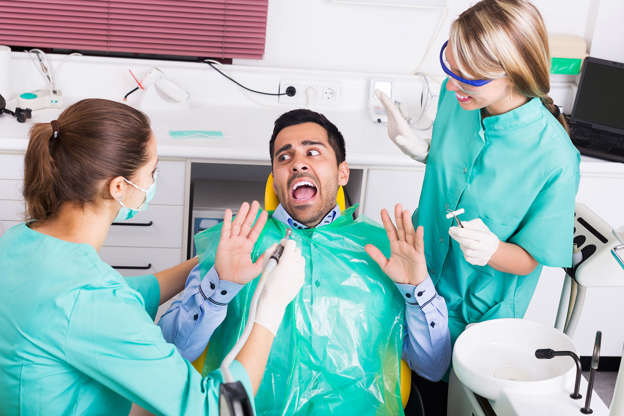A simple saliva test may predict the risk of early death, suggests a new study that found lower levels of antibodies in saliva are associated with an elevated risk of mortality.
The study from the University of Birmingham in UK examined associations between secretory immunoglobulin A (IgA), the common antibody found in saliva, and mortality rates in the general population.
There was a negative association between IgA
secretion rate and all-cause mortality, the researchers said.
Further analysis of specific causes of mortality showed that the all-cause association was due to an underlying association with cancer mortality and, in particular with non-lung cancers, researchers said.
As it appears to be a marker of mortality risk, and is much less invasive than blood sampling, saliva sampling to determine IgA secretion rate has the potential to be used as an indicator of overall health by professionals as part of a general check-up, they said.
As many as 639 adults, from the eldest cohort of the 'West of Scotland Twenty-07 Study' took part in the research.
Participants, aged 63 years old at the time of saliva sampling in 1995, had their IgA secretion rate measured and the mortality rate was tracked over the following 19 years.
Associations were adjusted for gender, assay batch, household occupational group, smoking, medication usage, and self-reported health.
Immunoglobulins, or antibodies, are proteins secreted by white blood cells and are essential for combating infectious disease.
"There are a number of factors that can affect how well we produce antibodies and maintain their levels," said Anna Phillips, from the University of Birmingham.
"There are some that we have no control over, such as age, heritability or illness, but our general state of health can also affect their levels; stress, diet, exercise, alcohol and smoking can all influence those levels," Phillips said.
"Quite how saliva samples could be used in check-ups remains to be seen, as we need to better understand what secretion rate would be considered cause for concern - what we call the protective level," she said.
"We could certainly say that, if found to be extremely low, it would be a useful early indicator of risk," she said.
The study was published in the journal PLOS ONE. Simple saliva test may predict early death risk.
Source : Economic Times India






